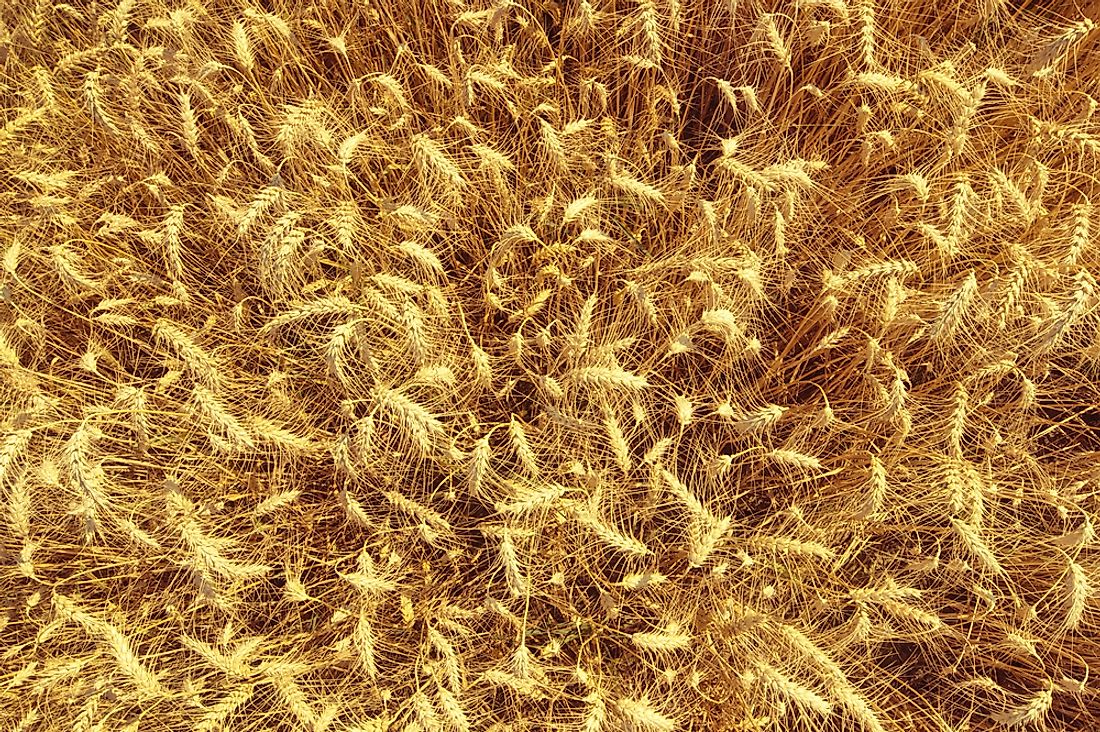10 Worst Countries For Raising Cereal Grain Crops

The population of the world is on a steady rise, and so is the demand for food items and other things for consumption. However, in spite of several efforts, in many parts of the world, the harvest of edible food crops, including cereals, is still extremely low. In short, there are some countries where the cereal crop yield is nothing close to the market demand. Let us have a look at the countries that produce the lowest cereal crop yields per hectare and the factors restricting them from increasing their overall yield.
Factors Affecting Cereal Crop Yield
Many countries across the world suffer from low cereal crop yields because of inadequate land availability for cultivation. Located on the northwest coast of Africa, Cape Verde is one such country. The volcanic archipelago produces the lowest cereal crop yield in the world. The country also experiences an average annual rainfall of 261 mm that further affects the yield of cereal crops. Cyprus, a European country located in the eastern Mediterranean Sea shares the same fate. It produces 280 kilograms of cereal crop per hectare due to limited rainfall and lack of availability of water for crop irrigation. Botswana, an African landlocked country also has little arable land (0.7 % of the land area) as it suffers from an erratic rainfall pattern. An unavailability of sufficient arable land and water to grow crops affects the cereal crop yield in other countries like Namibia in Southwest Africa and Niger in western Africa, of which the latter also suffer from high temperatures and outdated farming methods. Some countries experience a low cereal crop yield not because they do not have sufficient arable land, but because farmers do not utilize the available arable land properly. This fact is true for Eritrea, an East African country. In Eritrea, the cereal crop yield is only 626 kilograms per hectare despite the availability of abundant water resources and fertile land. Similar is the case of Sao Tome and Principe, an African island country where farmers utilize over 50% of the arable land for cocoa plantation, and that of Vanuatu, a Pacific island nation where farmers utilize only a small part of the arable land for farming. However, African nations like Sudan and Mozambique experience some unique problems. In Sudan, manual land preparation is a major hindrance. Civil wars and limited access to agricultural inputs like tractors and fertilizers affect the cereal crop yield in Mozambique
High Potential Of Improving Cereal Crop Yield
Thus, it is easy to conclude that there exists an enormous potential to improve the cereal crop yield in the above nations by emphasizing on proper utilization of the available cultivable land and use of improved farming techniques. Some of these are the application of mineral fertilizers, planting legume crops for fixation of nitrogen in the soil, and rainwater harvesting to combat the problem of inadequate rainfall. It is also essential to provide easy access to tractors and other farming essentials for the farmers.
Countries Producing The Lowest Cereal Crop Yields Per Hectare
| Rank | Country | Kilograms of Cereal Crops per Hectare |
|---|---|---|
| 1 | Cape Verde | 36 kilograms |
| 2 | Cyprus | 280 kilograms |
| 3 | Botswana | 398 kilograms |
| 4 | Namibia | 421 kilograms |
| 5 | Niger | 436 kilograms |
| 6 | Sao Tome and Principe | 471 kilograms |
| 7 | Eritrea | 626 kilograms |
| 8 | Vanuatu | 662 kilograms |
| 9 | Sudan | 683 kilograms |
| 10 | Mozambique | 703 kilograms |











